How to garden ecologically and control pests

Using eco-friendly pest control methods has many advantages, from being safer for people and pets, to reducing environmental toxins and helping to conserve beneficial insect species, a lot of which don’t survive the chemical treatments along with the pests. Ecological methods are effective and also support biodiversity and a healthy ecosystem in the long run.
Nature provides its own pest control solutions with its own beneficial insects, predators and plants that help regulate pest populations!
Preventative methods are the first steps in gardening ecologically.
1. Natural predators
These little allies can play a crucial role in managing common garden pests (especially aphids – greenfly, blackfly and whitefly) without causing harm to the environment or endangering other wildlife. Creatures such as ladybirds, lacewings, hoverflies, ground beetles, birds and the much misunderstood parasitic wasp (to name a few) can serve as fantastic natural predators as well as also acting as pollinators. By creating a welcoming habitat and offering a reliable food source, you can encourage these beneficial predators to make your garden their home. (Note – the lists below are not exhaustive).
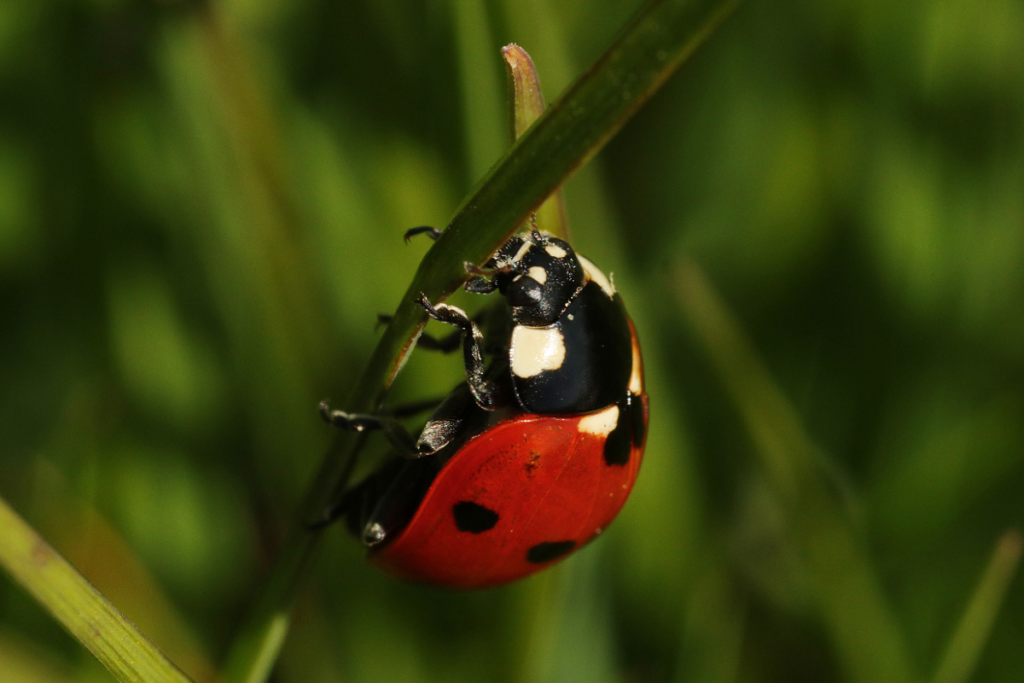
Ladybirds eat aphids, thrips and other small insects, mildew and fungi.
Ladybirds love dandelions, fennel, dill, thyme, coriander, marigolds, parsley, geraniums, lavender, nasturtiums and mint.
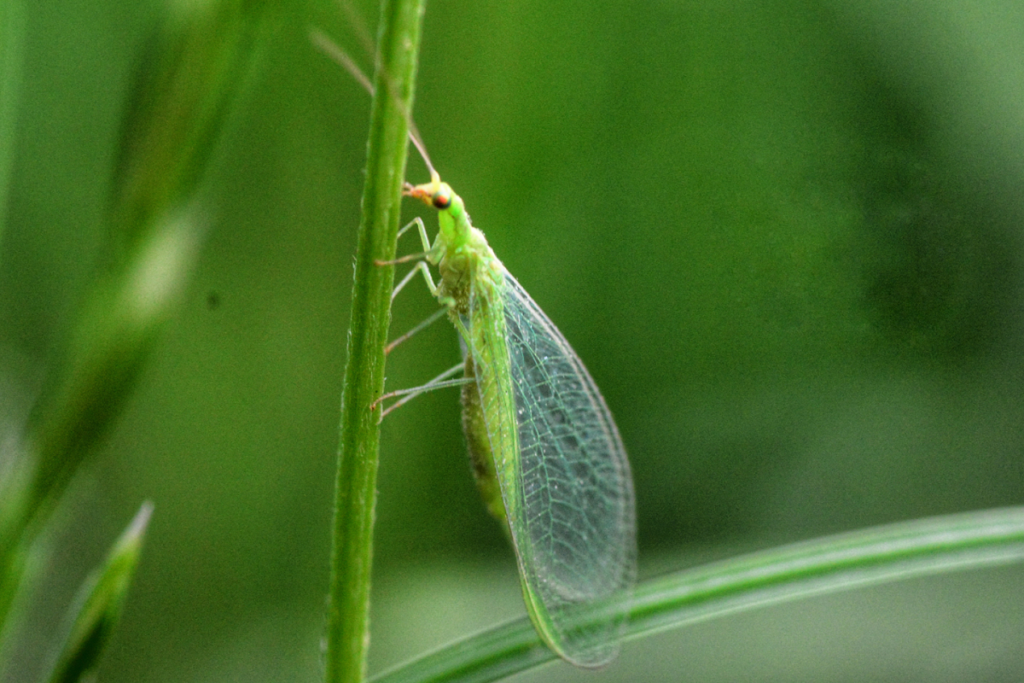
Lacewing (and their larvae) eat aphids, thrips, caterpillars, mealybugs and other small insects.
Lacewing love cosmos, daisies, sunflowers, dill, coriander, sweet alyssum, angelica, yarrow and fennel.
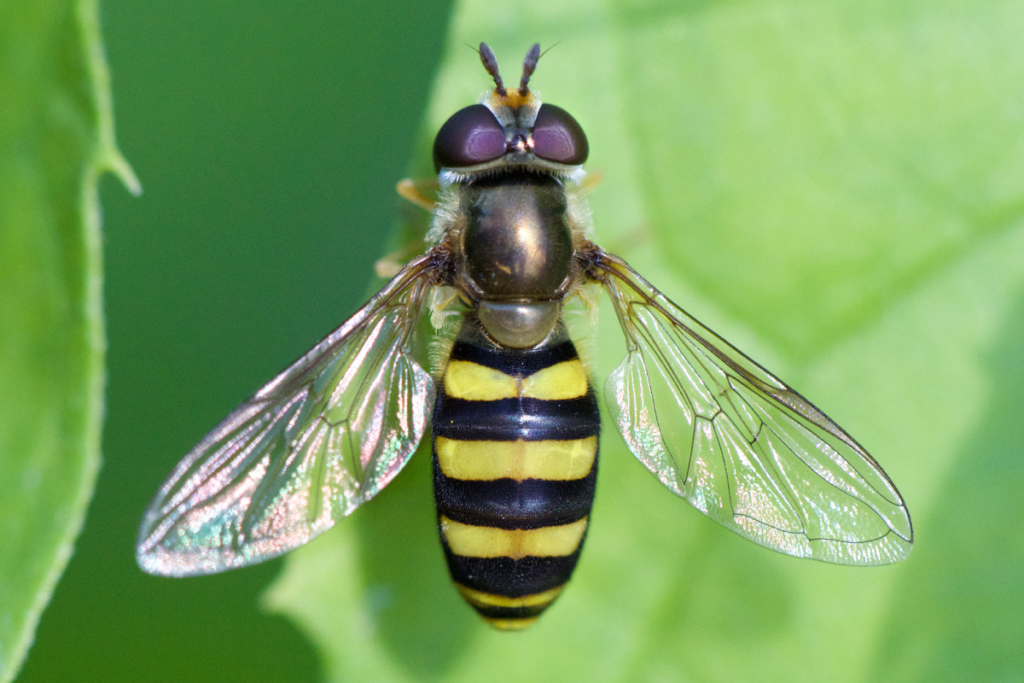
Hoverflies eat aphids, scale insects and mites.
Hoverflies love dill, fennel, parsely, angelica, cosmos, marigolds, sunflowers, daisies, lavender, coriander, asters, blackberries and heather.
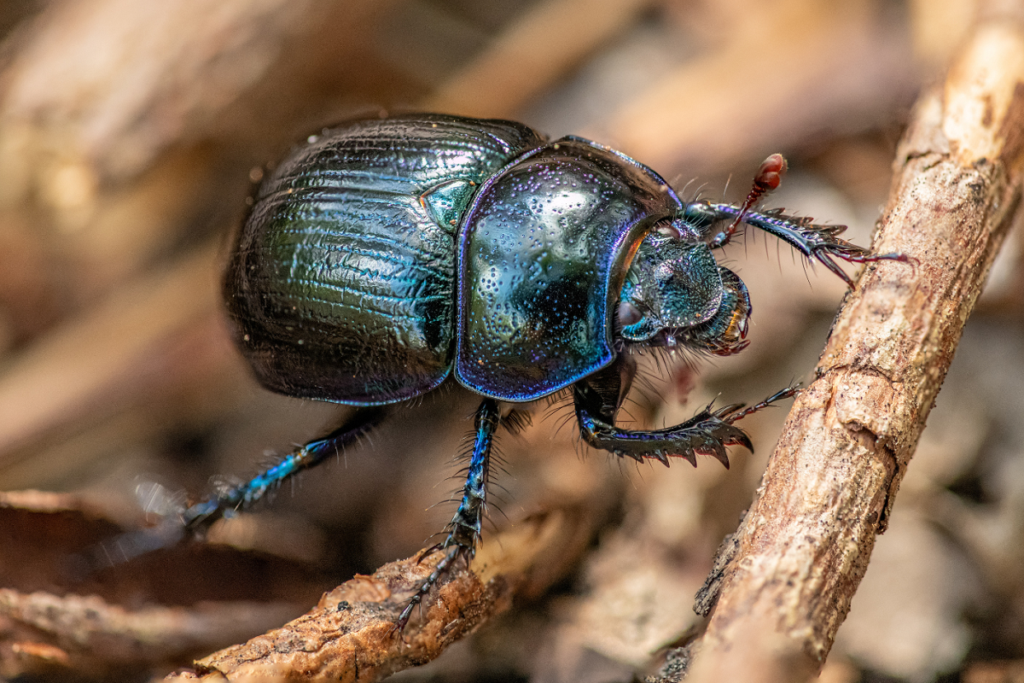
Ground beetles eat aphids, vine weevils, fly eggs and larvae and slugs.
Ground beetles love wood, leaf and rock piles, open compost heaps, wildflowers, dense ground cover plants and mulch.
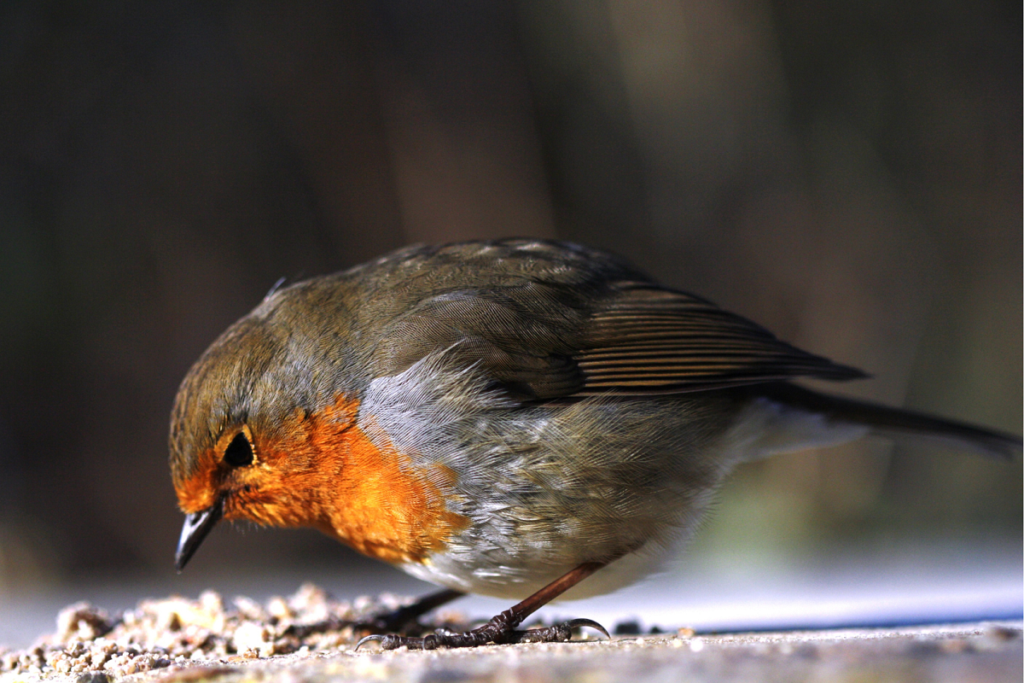
Birds eat slugs, aphids, vine weevils, and other insects.
Birds love native plants and wildflowers, a fresh water supply, places to rest and nest, holly, ivy, honeysuckle, hawthorn, rowan, sunflowers and shrub roses.
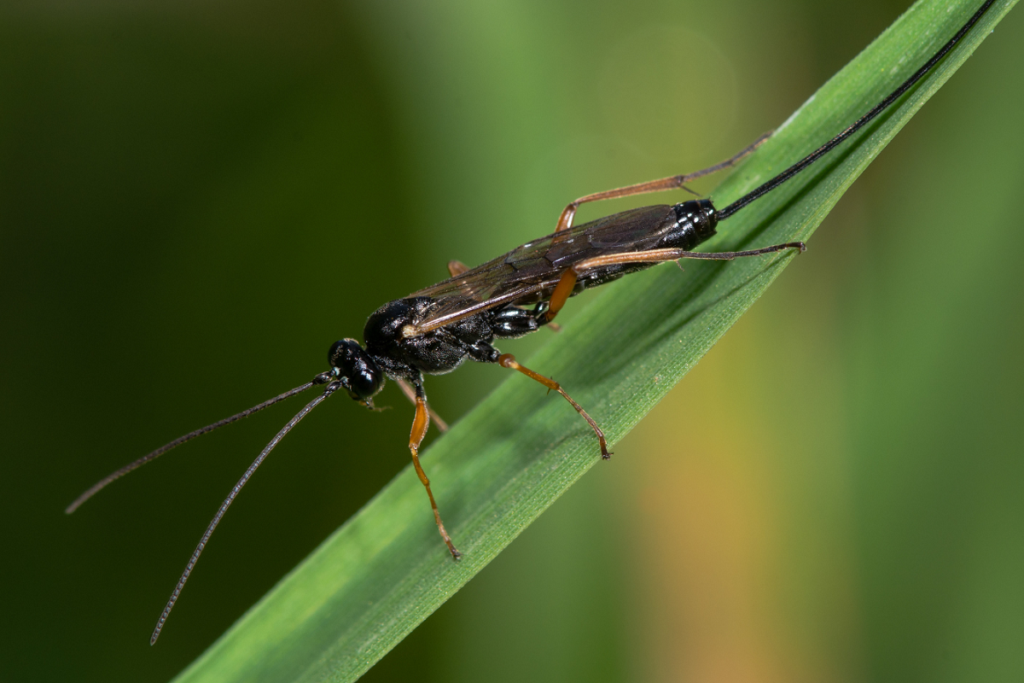
Parasitic wasps eat aphids, sawfly larvae, ants, leaf miners, scale mites, and caterpillars.
Parasitic wasps love dill, coriander, fennel, sweet alyssum, chamomile, asters, tomatoes, legumes and peppers.
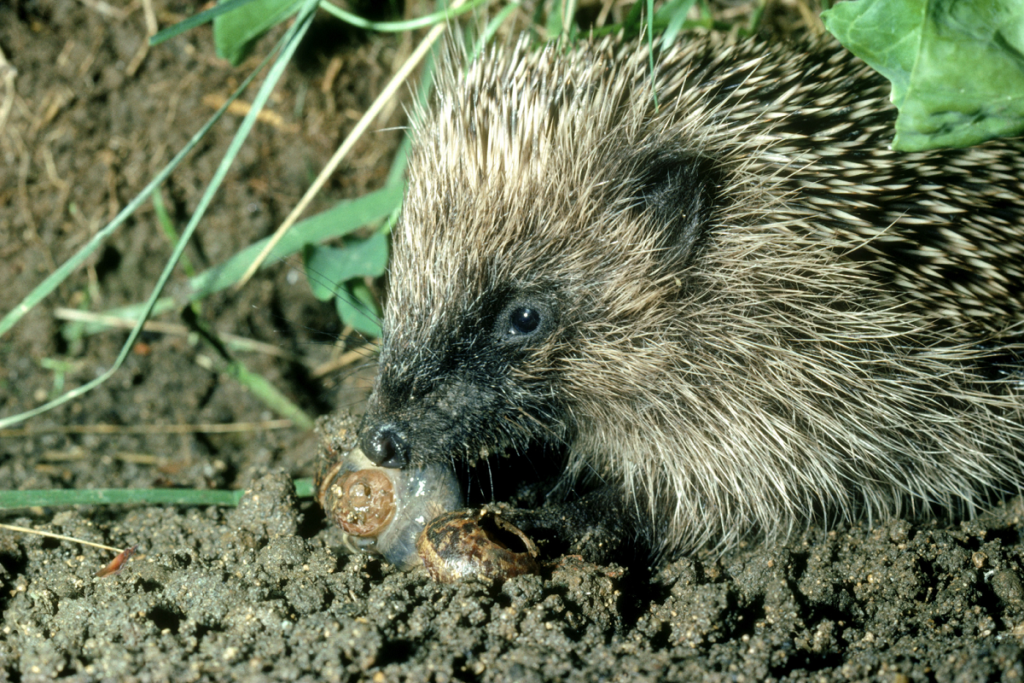
Creating bug hotels and adding bird boxes and feeders will also help provide the right kind of habitat for nature’s very own pest control army, and lets not forget hedgehogs, centipedes, earwigs, frogs, toads, newts and bats that also feast on creatures that like to eat our fruit and veg!
2. Companion planting and crop rotation
- Crop rotation means planting vegetables in different areas of the garden each season. This practice helps minimize damage from insect pests, reduce the spread of plant diseases, and maintain healthy soil fertility.
- Companion planting involves growing different plants side by side to support each other, helping to prevent disease and deter insect infestations. We have a beginners guide on ‘how to understand companion planting‘.
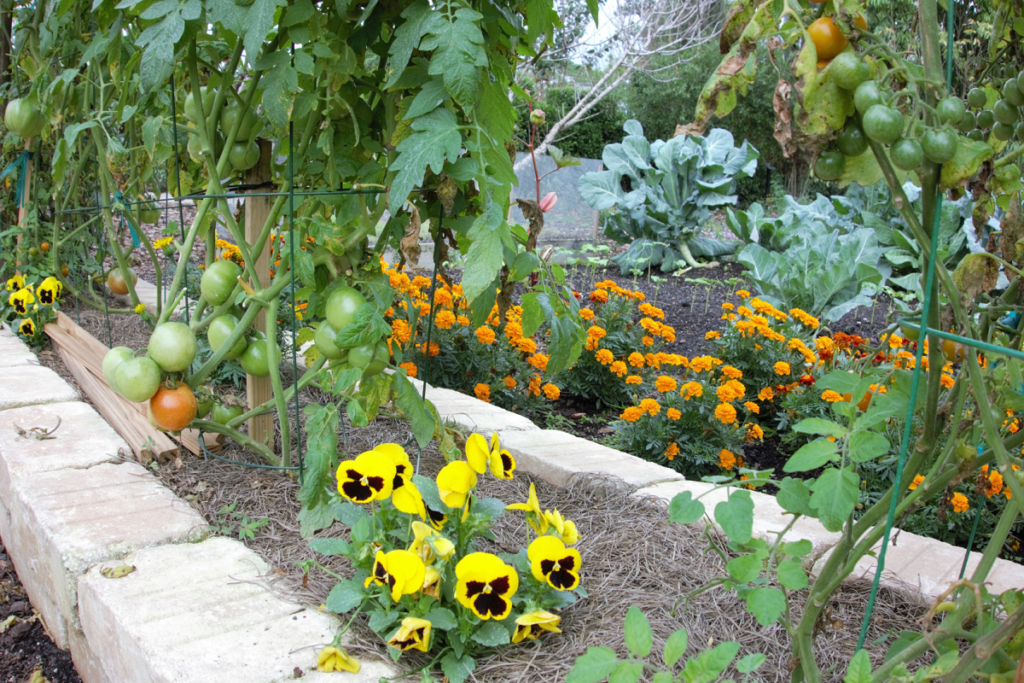
3. Garden hygiene
- Make sure to use clean tools and equipment.
- Remove plant debris to stop them harbouring pests and diseases.
- Regularly remove weeds to keep a clear space and to prevent them from competing with your plants as well.
- Ensure you have spaced your plants correctly as this also helps prevent the spread of diseases.
- Don’t over water and make sure you have adequate drainage.
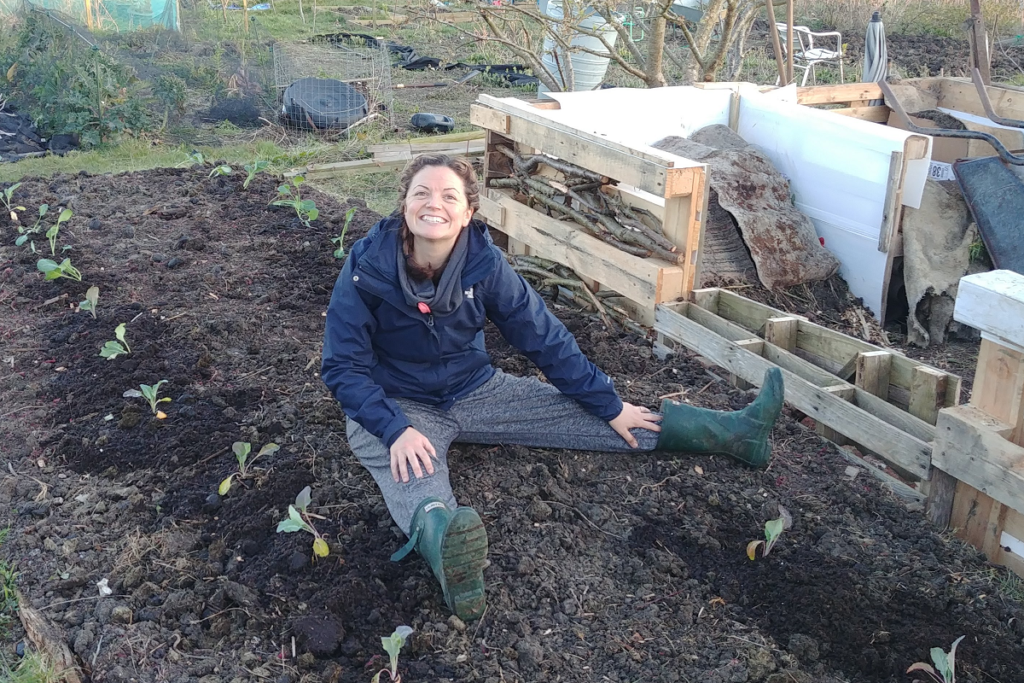
4. Proper watering techniques
- Apply water to the base of the plant where it can soak down to the roots.
- Water in the early mornings if you can as the foliage and soil surface will dry out as the sun rises discouraging slugs, snails and mildew diseases.
- Watering more thoroughly but less frequently helps get the water to the deeper roots (check seed packets for how frequent is right for your plants).
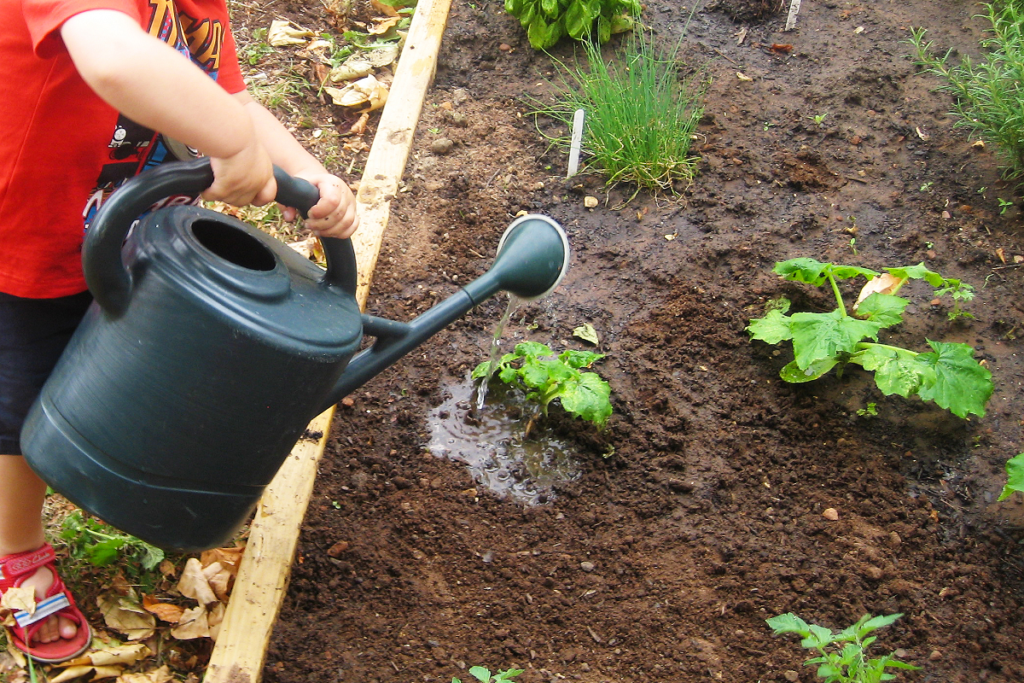
5. Soil health and mulching
- Healthy soil underpins plant strength and their ability to withstand leaf invaders, and you can improve soil through composting. Read our ‘how to make compost‘ guide to make your own at home.
- Read our ‘how to understand soil‘ guide to identify what sort of soil you have and how you can improve it. There is also general advice on how to water that type of soil as well.
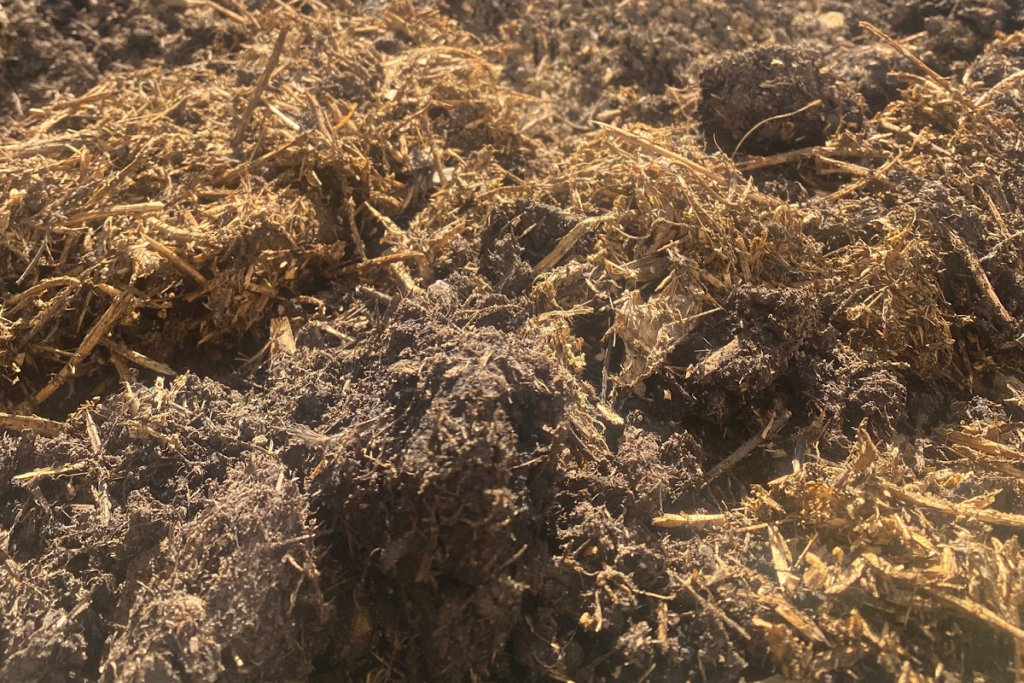
6. Early detection
- Inspect new plants before planting to make sure they are not already carrying diseases.
- check the underside and stems of leaves for hidden eggs and/or damage
- look for changes in leaf colour – are they dull, yellowing or discoloured?
- look for curled or leaves with holes in them as this could indicate pests have been chomping on them.
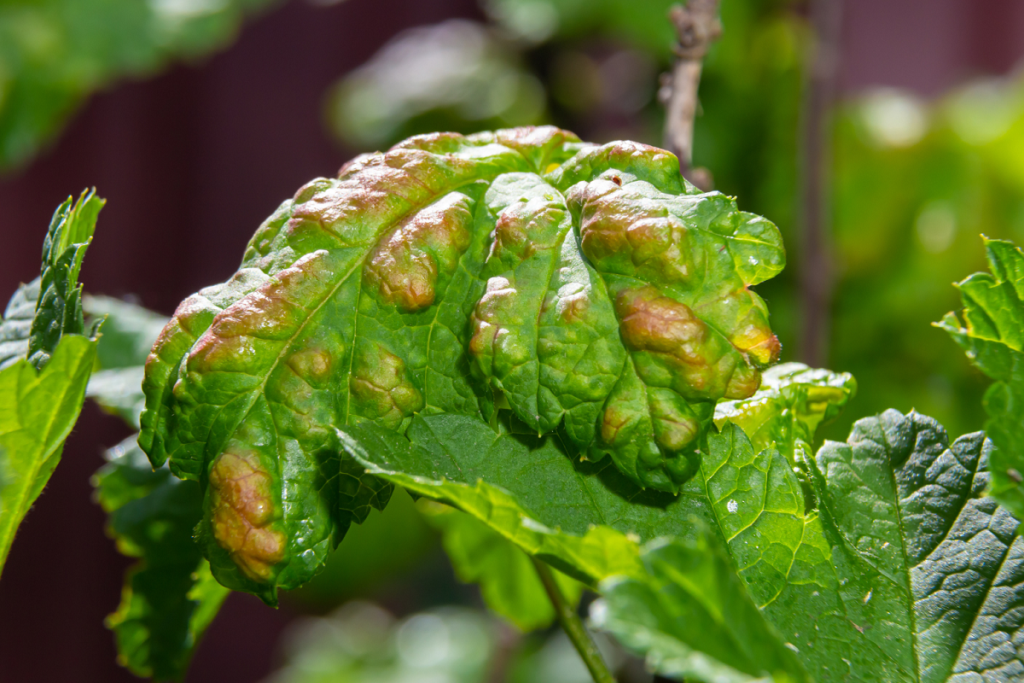
If you are still getting problems then there are environmentally friendly and organic methods of tackling pests with different pests requiring different treatments to remove them. Some of the most common are listed here.
7. Treatments
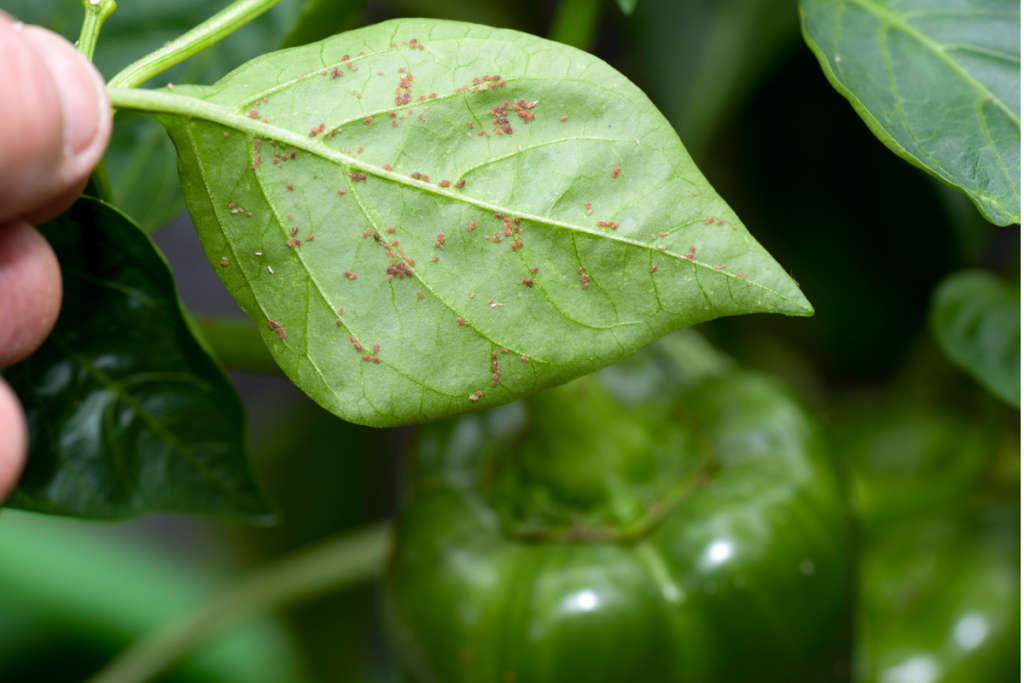
Aphids, mealy bugs, thrips and lily beetles. Mix half a teaspoon of liquid soap with around 1 litre of water, decant into a clean. empty spray bottle and spray affected areas.
Why it works – the spray damages the protective exterior of the pest and it dries out and dies.
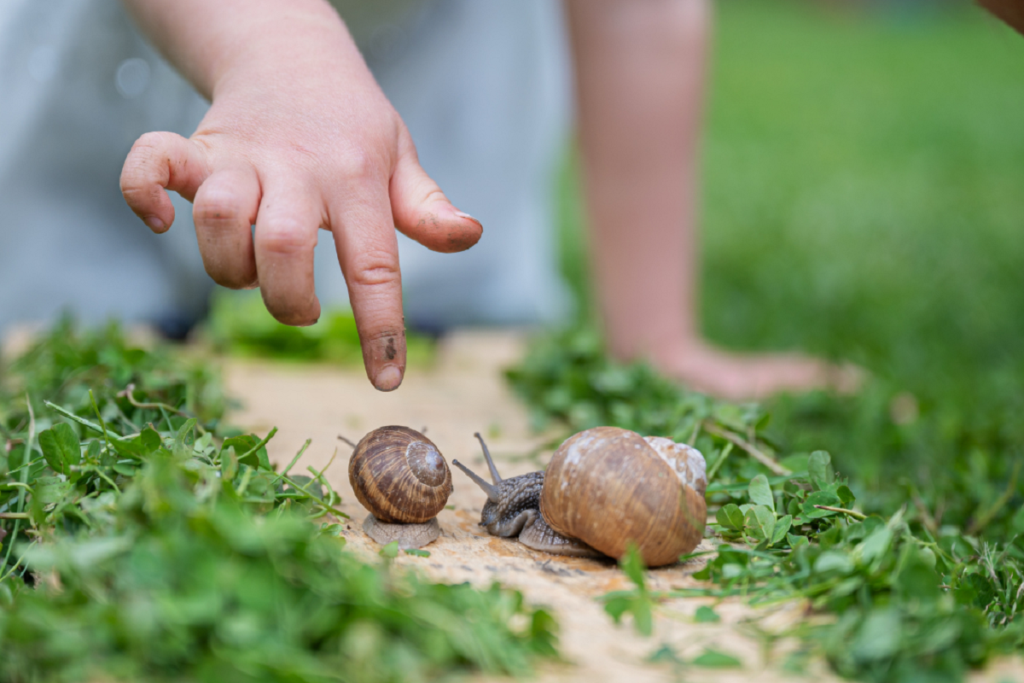
Snails and slugs. They generally prefer rotted material so if you see them in your veggies, tidy your patch. Pick the snails and slugs off one by one and place near a compost heap where they can help with the recycling process. They are valuable in the garden!
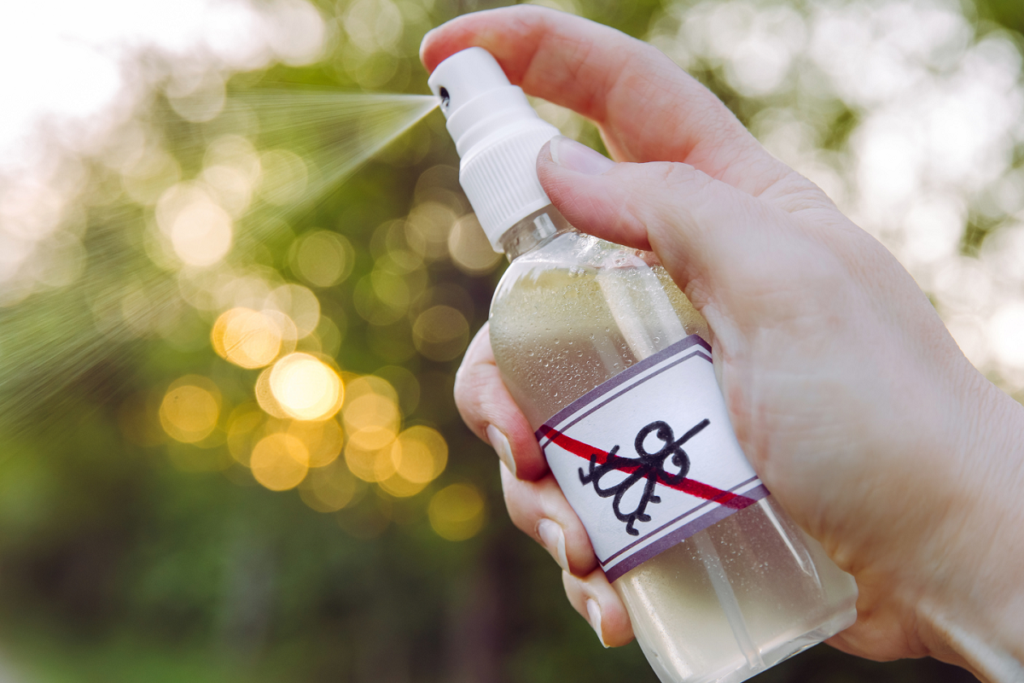
Caterpillars, ants, mosquitos and wasps. Mix a few drops of peppermint oil or tea tree oil with around 100ml of water, decant into a clean. empty spray bottle and spray affected areas.
Why it works – The smell acts as a powerful deterrent, as does mint as a companion plant.
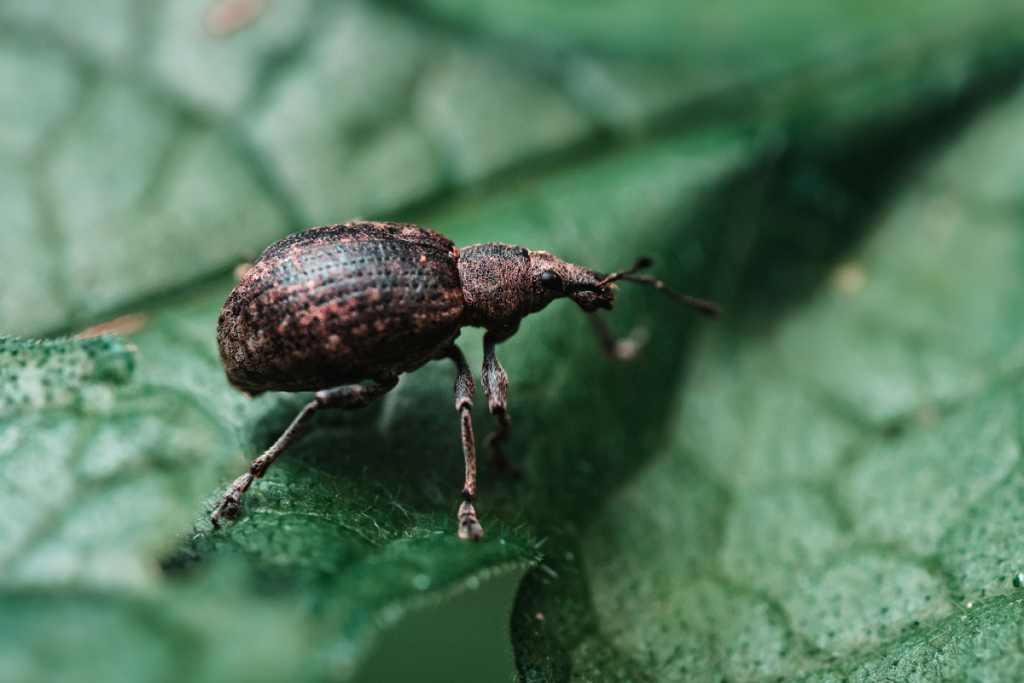
Vine weevils. Primarily attacking pot plants, it is the larvae that live in the soil and eat the roots that causes the most damage. Adults can be picked off by hand and crushed but getting rid of the larvae is a bit more complicated. Click here for a link to the RHS guide to controlling garden pests (including vine weevils) without chemicals.
